Strensall Common – August 11th 2012 (Dragonflies)
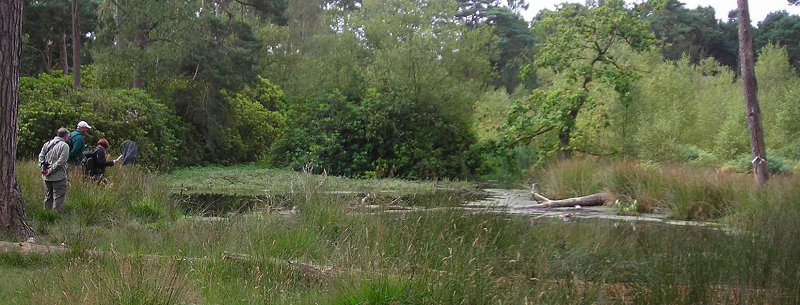
Dragonfly pool
Back to the Home page

Dragonfly pool
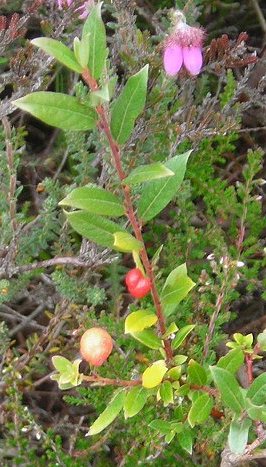 This was a joint meeting with the Yorkshire Branch of the British Dragonfly Society, and a fine turnout of 18 members from both societies assembled at the cattle grid at the edge of Strensall Common, which is one of only two remaining stretches of lowland heath in the area (the other being Skipwith Common) – a mixture of heathland, wetland, birch and pine scrub, accrding to a Hull Universtiy site “Strensall Common is located on a mixture of sands and clays and as such contains a variety of different vegetation types, including wet and dry heath, woodland and wetland. Calluna vulgaris dominates the wet heath, whereas the dry heath is characterised by Molinia caerulea and Erica tetralix.” The weather was cloudy with a cool wind when we started, but improved later. And when the sun did come out, so did the dragonflies, appearing like magic from the vegetation where they had been resting. Particularly wonderful was the male emperor circling over a pond while the female was ovipositing in the pondweed below I have never seen such wonderful green eyes! Probably the most numerous dragonfly was the black darter (confusingly named since only mature males are black – the others have plenty of yellow markings) and the commonest damselfly the emerald, many in mating pairs clinging to Juncus stems. To see an alternative view of this trip from a dragonfly expert’s point of view – with excellent photos – have a look at Paul Ashton’s East Yorkshire Wildlife site.
This was a joint meeting with the Yorkshire Branch of the British Dragonfly Society, and a fine turnout of 18 members from both societies assembled at the cattle grid at the edge of Strensall Common, which is one of only two remaining stretches of lowland heath in the area (the other being Skipwith Common) – a mixture of heathland, wetland, birch and pine scrub, accrding to a Hull Universtiy site “Strensall Common is located on a mixture of sands and clays and as such contains a variety of different vegetation types, including wet and dry heath, woodland and wetland. Calluna vulgaris dominates the wet heath, whereas the dry heath is characterised by Molinia caerulea and Erica tetralix.” The weather was cloudy with a cool wind when we started, but improved later. And when the sun did come out, so did the dragonflies, appearing like magic from the vegetation where they had been resting. Particularly wonderful was the male emperor circling over a pond while the female was ovipositing in the pondweed below I have never seen such wonderful green eyes! Probably the most numerous dragonfly was the black darter (confusingly named since only mature males are black – the others have plenty of yellow markings) and the commonest damselfly the emerald, many in mating pairs clinging to Juncus stems. To see an alternative view of this trip from a dragonfly expert’s point of view – with excellent photos – have a look at Paul Ashton’s East Yorkshire Wildlife site.

Blue-tailed damselfly female (infuscans)

I have no pictures of the dragonflies I’m afraid as they are very difficult to catch on “film”, expecially with a small pocket camera. Keith came up trumps however with a female Blue-tailed damselfly (infuscans variety) – see above.
However, I did get a few shots of some other interesting species. One of the specialities of Strensall Common is the dark bordered beauty moth which is only known from a couple of sites in northern England Scotland. It feeds on dwarf willow which was relatively plentiful in certain areas of the common. Much of it had interesting red galls on the leaves (left), a Pontania sp. probably Pontania collactanea, (Symphyta) which has an affinity with Creeping Willow (thanks to Stuart Dunlop for the id). This moth is most active in the early morning so we didn’t really expect to see any, but we were very lucky: one slightly faded specimen flew past us and landed among the vegetation so we got a reasonable view of it. Flying, it resembled a small orange butterfly, say a small heath, but on closer examination the markings were different, and absolutely stunning. I don’t have a photo, but you can see one on the UK moths site. Another stunning little moth was the Beautiful Yellow Underwing (right).
 Forest shield bug |
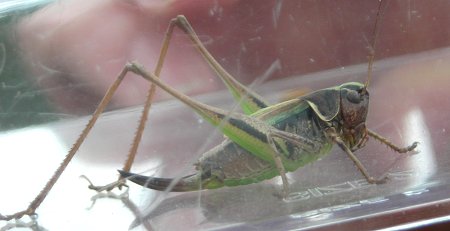 Bog cricket  Hoverfly Helophilus pendulus |
Other interesting insects included a forest shield bug, the bog cricket with its saw-like ovipositor and long, long antennae. Keith managed to catch one of these so we could see it clearly in a plastic pot (see pic below). He also caught several damselflies and a black darter for closer inspection – all were released unharmed of course. There were dozens of the lovely hoverfly Helophilus pendulus with its stripy thorax – hence the nickname “the footballer”, and several of the large queen wasp-mimicking bog hoverlfy Sericomyia silentis as well as several species of butterfly including the gatekeeper which we only rarely encounter in Ryedale. Some members of hte party were lucky enough to see lizards, and one or two disturbed an adder. Welcome signs of water vole activity were spotted in one location.
 Birdsfoot |
 Bog hoverfly Sericomyia silentis |
As this was specifically a dragonfly-spotting trip I did not make a plant list, though I did note the more unusual species such as marsh valerian and the dwarf willow. Along a drier sandy path through the woods I was delighted to find the diminutive vetch-relative Birdsfoot, one plant of sand spurrey and one of trailing St Johnswort. Of course the star prize at Strensall is the marsh gentian – and Keith found just one flower right at the end of the day – perfect!
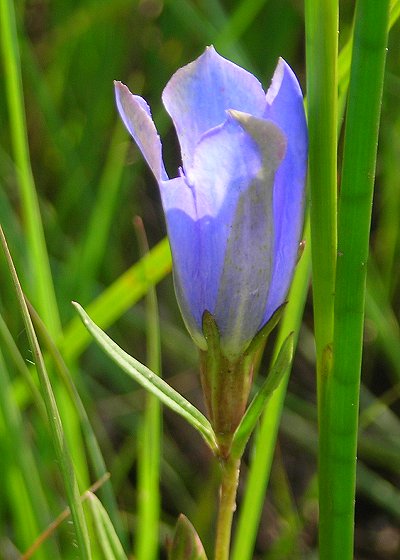 Birdsfoot |
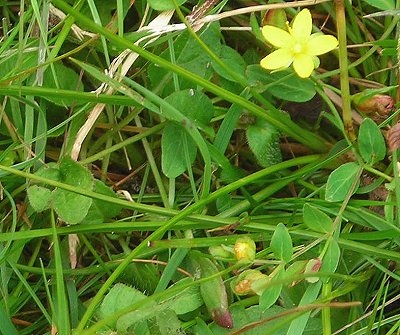 Trailing St Johnswort |
Several members had to leave early, but many stayed till about 4:30pm, when the sun went back behind the clouds and the dragonflies settled back into invisibility among the vegetation. We thanked Keith for a very interesting and rewarding day in the field. Those of us who were not already hooked on dragonflies certainly came away with a new awareness of them and their fascinating life-cycle.
Thanks to Paul Ashton, Jim Pewtress and Keith Gittens.
Dragonflies / Damselflies
Blue-tailed 3
Azure 3
Common Darter 30+
Ruddy Darter 15+
Emperor 2
Brown Hawker 1
Common Hawker 2
Four-spotted Chaser 7
Black Darter 100+
Common Blue Damselfly 20+
Emerald Damselfly 200+
Banded Demoiselle 1
Butterflies and Moths
Speckled Wood 1
Small Heath 8
Small Copper 14
Peacock 2
Meadow Brown 6
Green-veined White 2
Gatekeeper 8
Large White 2
Small Skipper 3
Holly Blue 1
Large Skipper 1
Dark-bordered Beauty 1
Beautiful Yellow Underwing 2
Other insects
Bog Bush Cricket 10+
Hoverfly – Helophilus pendulus 100s
Bog Hoverfly – Sericomyia silentis 15+
Forest Shield bug – Pentatoma rufipes
Reptiles / Amphibian
Adder 4
Common Lizard 6
Common frog 1
Birds Treecreeper, Spotted Flycatcher, Willow Warbler, Woodpigeon, Carrion Crow, Swallow, Great Spot Wood, Green Wood, Spotted Flycatcher, Buzzard, Kestrel, Swift and Herring Gull.
Spiders
Araneus quadraticus, Enoplognatha ovata sens. str., Microlinyphia pusilla and possibly Neoscona adianta (not recorded since 1978) and awaiting determination**.
**Jim confirms that the spider Neoscona adianta has been confirmed as the first at Strensall since 1978. Its only other Yorkshire site is Hatfield Moors where it was last seen in 2000, so this is an exciting and important record.
| © Ryedale Natural History Society 2012. Photos © Gill Smith 2012 and Keith Gittens (Blue-tailed damselfly and Beautiful yellow underwing moth) | Back to the Home page |